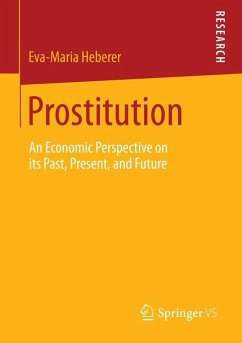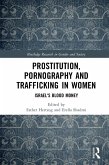Eva-Maria Heberer provides an overview over the history of prostitution in Germany, in which she discusses changes in legislation, in society and its view on prostitution, as well as in the market for commercial sex since 1846. Two different models describing a woman's decision to engage in sex work are suggested. Both are kept as general as possible and based on universal microeconomic models. The effect of a changing probability of getting caught selling commercial sex is analyzed using the Slutsky decomposition. Relevant variables influencing the supply of sex work are identified and measured using historical and up-to-date data for the state of Hamburg and Germany. Correlations between the variables are described and discussed, allowing to conclude that a higher probability of getting caught led to a lower supply of commercial sex over the years.
Contents
- (Social) Development of Prostitution in Germany since 1846
- Legislation on Prostitution in Germany since 1846
- Micro-Theoretical Models ofDecision
- Presentation and Analysis of Data on Prostitution in Germany
Target Groups
- Lecturers and students of economics, social sciences
The Author
Eva-Maria Heberer researched and taught as a member of the Institute of Public Economics at the School of Business and Economics at the Humboldt-Universität zu Berlin. Her research focus is on the analysis of shadow markets, particularly prostitution in Germany.
Dieser Download kann aus rechtlichen Gründen nur mit Rechnungsadresse in A, B, BG, CY, CZ, D, DK, EW, E, FIN, F, GR, HR, H, IRL, I, LT, L, LR, M, NL, PL, P, R, S, SLO, SK ausgeliefert werden.









